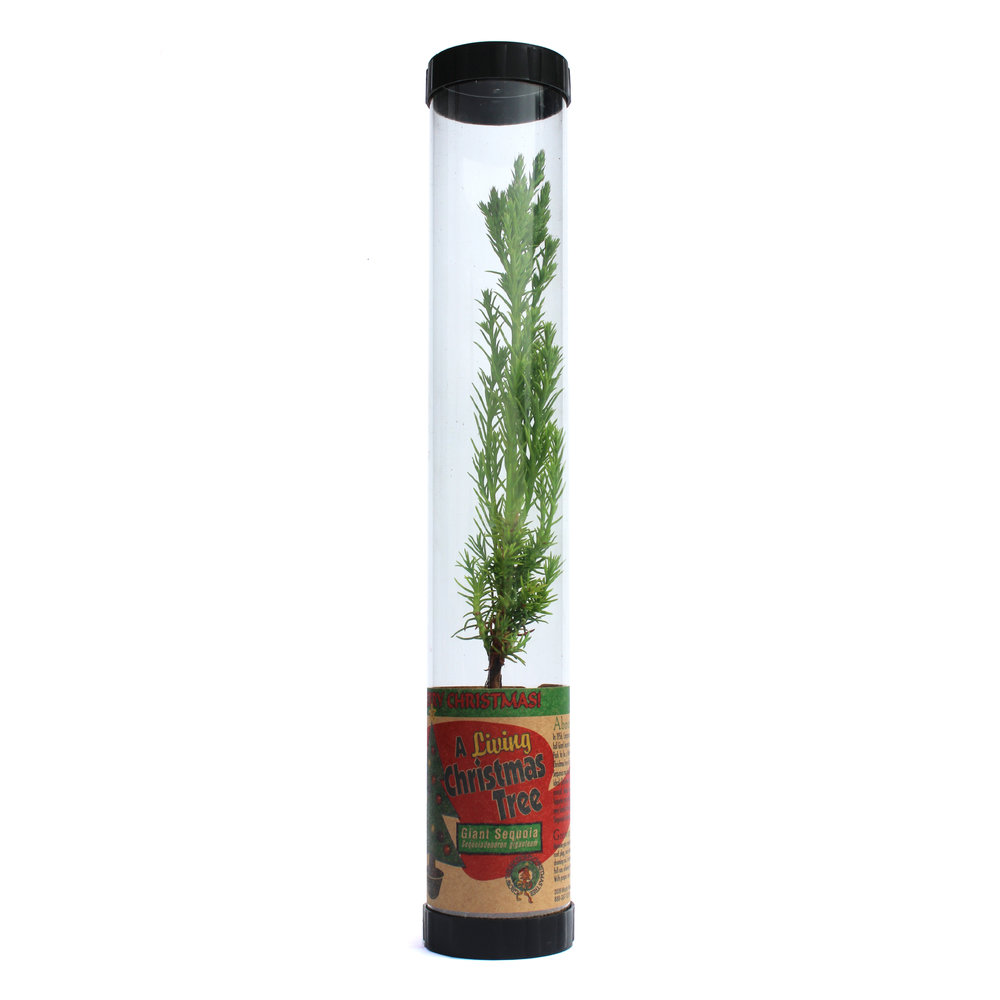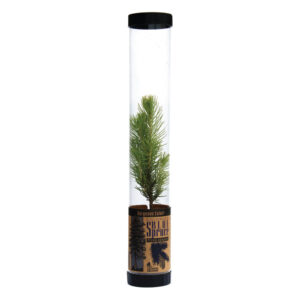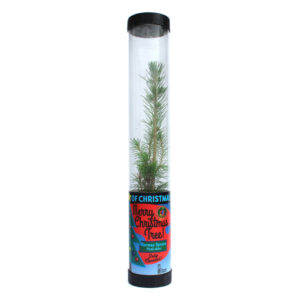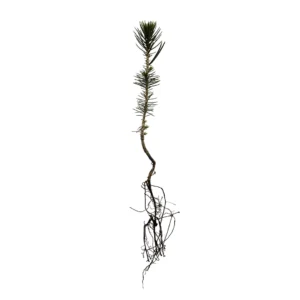Legend has it that British monk, St. Boniface, first introduced “Christmas Trees” to Germany in the 7th century. In the 1550’s, Augustinian reformer, Martin Luther, is said to have been the first to “decorate” a Christmas Tree by adorning it with lighted candles. In America, Christmas Trees were seen as early as 1747, and, by the 1920’s, the decorated Christmas Tree custom was nearly universal throughout the country. Today, millions of people from many nations participate in this centuries-old tradition!
In 1956, Congress proclaimed an ancient, 275 foot-tall Giant Sequoia standing in King’s Canyon National Park to be a National Shrine — the official, living Christmas Tree of the United States of America. Fact is, Sequoias much smaller than the “General Grant” make ideal Christmas Trees too! And with their perfectly conical shape and graceful, airy foliage, Giant Sequoias are prized also for ornamental planting. A very hardy tree that can grow in many climates, Giant Sequoias become ever more impressive with age.
// Nursery Note //
Fall and winter are seasons of “dormancy” for most trees in most places, and, as a result, even so-called evergreen trees display a distinct change of color during these seasons. Our trees are no exception. If the trees appear bronze, reddish, or brown-tipped, don’t worry! Be assured, they are absolutely healthy. Bronzing reflects a normal, natural, seasonal color fluctuation — so take the opportunity to educate your customers, and enjoy the colorful trees of winter!





